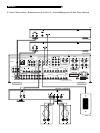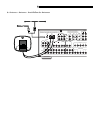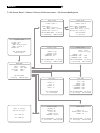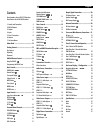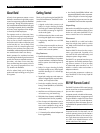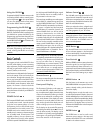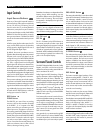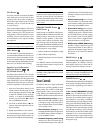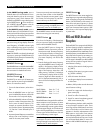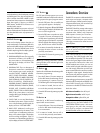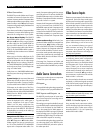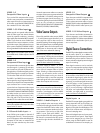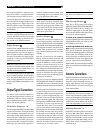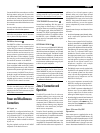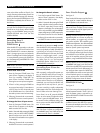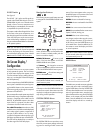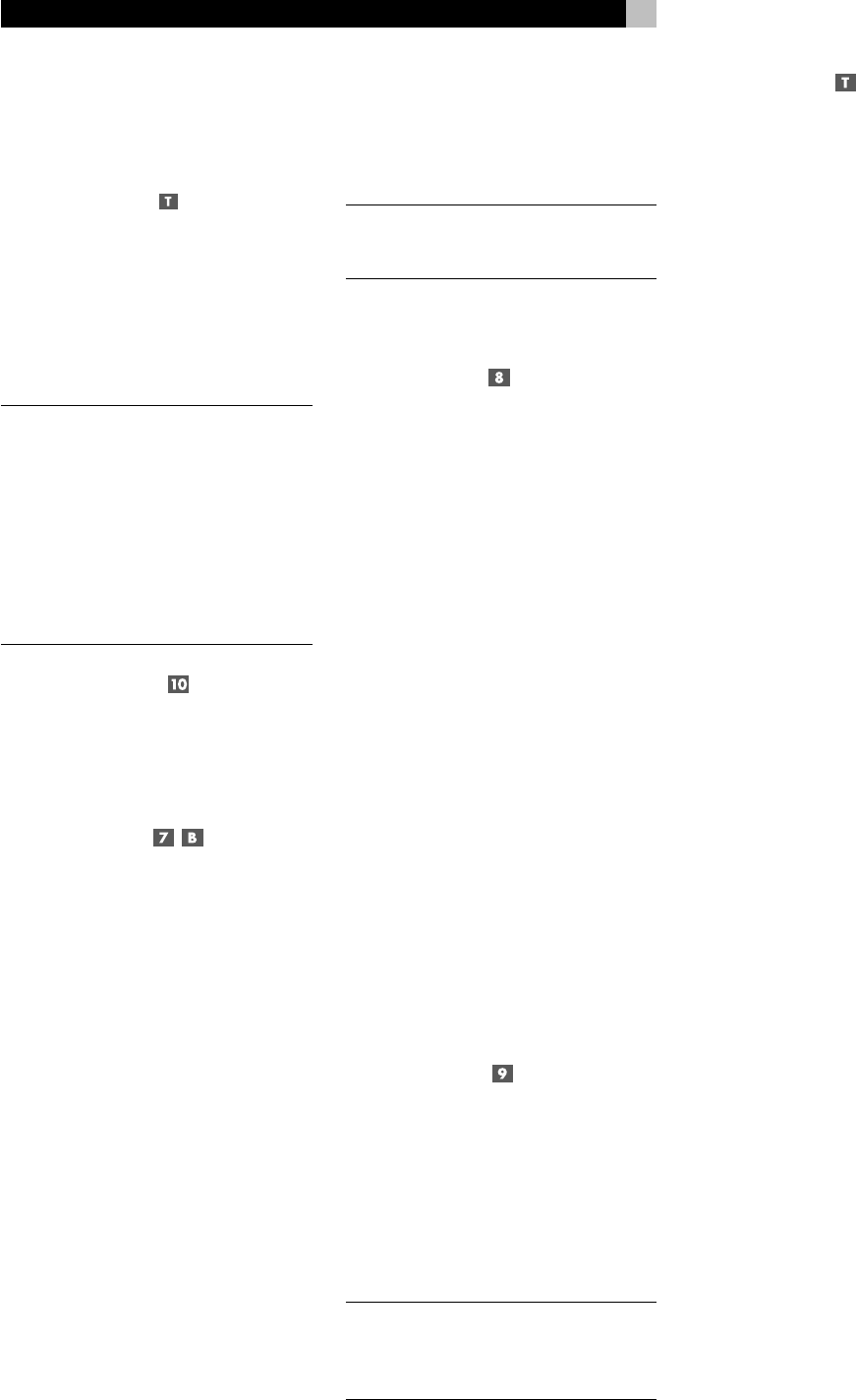
16
RSX-972 Surround Sound Receiver
In the PRESET tuning mode, press a
TUNING button (CH UP/DOWN on the re-
mote) and release to jump to the next memo-
rized station preset. Switch between FRE-
QUENCY and PRESET tuning modes by press-
ing the PRESET button
on the remote con-
trol. A PRESET indicator appears in the dis-
play when PRESET TUNING is activated.
In the RDS PTY search mode, press a
TUNING button (CH UP/DOWN on the re-
mote) to select the desired program type from
the scrolling list in the display. See the section
on RDS tuning for more details.
NOTE
: Several indicators in the front-panel dis-
play assist tuning. A large display shows the
tuned frequency. A TUNED indicator lights
when a sufficiently strong signal is received.
A ST indicator lights when a stereo FM signal
is received.
NOTE
: If the TUNER is not already the selected
input source, pressing a TUNING button (CH
UP/DOWN on the remote) will automatically
switch to the TUNER input.
MEMORY Button
The MEMORY button is used with the NUMERIC
buttons to store memorized station presets. See
the next section for detailed instructions.
NUMERIC Buttons:
Station Presets
The RSX-972 can store up to 30 station pre-
sets for recall at any time using the NUMERIC
buttons. To memorize a station:
1. Tune to the desired station, either AM or
FM.
2. Press the MEMORY button on the front-
panel. A MEMORY indicator will flash for
five seconds in the front-panel display.
3. While the MEMORY indicator is flashing,
press the number of the preset where you
wish to store the station frequency. For
example, to memorize the station as pre-
set 3, press the 3 button. To memorize preset
15, press the 1 button followed by the 5
button.
4. A previously stored frequency is erased from
memory when a new frequency is memo-
rized for the same preset number.
To tune to a previously memorized station, just
press the preset number on the NUMERIC
buttons. For example, to tune to preset 3, press
the 3 button. To tune to preset 15, press the 1
button and then press the 5 button.
NOTE
: If the TUNER is not already the selected
input source, pressing a NUMERIC button will
automatically switch to the TUNER input.
The NUMERIC buttons can also be used for
direct access tuning (see next section).
DIRECT Button
If you know the frequency of the desired sta-
tion, you may tune it directly using the DIRECT
button and the NUMERIC buttons.
1. Press the DIRECT button to change the
NUMERIC buttons from station preset to
Direct Access mode. The station frequency
in the front-panel display will change to a
series of four bars, representing the digits
of a station frequency, with the first bar
flashing.
2. Enter the first digit of the station frequency
using the NUMERIC buttons. The digit will
appear in the frequency display and the
second bar will flash. Enter the remaining
digits of the frequency. Note that in FM
mode, pressing 1 will enter 10 as the digit
in the frequency display. When all of the
necessary digits have been entered (a fi-
nal 0 is displayed automatically), the re-
ceiver will tune to the displayed station fre-
quency.
Examples:
FM87.50MHz Press: 8 > 7 > 5
FM101.90MHz Press: 1 > 1 > 9
AM1610kHz Press: 1 > 6 > 1
MONO Button
The MONO button changes the FM mode from
stereo reception to mono reception. In stereo
mode, a stereo signal will be heard if the sta-
tion is broadcasting a stereo signal and there
is sufficient signal strength. An ST indicator will
light in the front-panel display. In mono mode,
a mono signal will be heard even if the sta-
tion is broadcasting a stereo signal.
NOTE
: Switching to mono mode can improve
the reception of weak or distant FM signals.
Less signal strength is required for clean mono
reception than for stereo reception.
PRESET Button
The PRESET button on the remote toggles be-
tween frequency tuning mode and preset tuning
mode. In frequency tuning mode, the TUNING
buttons (CH UP/DOWN on the remote ) ad-
vance to the next station frequency. In preset
tuning mode, the TUNING buttons advance
to the next memorized station preset. A PRE-
SET indicator in the front-panel display lights
in preset mode.
RDS and RBDS Broadcast
Reception
The Rotel RSX-972 is equipped with RDS (Ra-
dio Data Systems) reception capabilities for
Europe and RBDS (Radio Broadcast Data
Service) capabilities for the United States. These
broadcast systems provide additional function-
ality to FM radio reception by transmitting en-
coded information along with the radio sig-
nal. This signal is decoded by an RDS or RBDS
receiver and can provide a range of informa-
tional features including:
1. a display of the station’s identifying name
(e.g. BBC1)
2. a display of the station’s program content
(e.g. ROCK or NEWS)
3. traffic information broadcasts
4. a scrolling text display for announcements
or information
In addition, RDS provides several advanced
search features including:
1. Search for a station with the desired pro-
gram content (PTY)
2. Search for traffic information (TP)
3. Search for stations broadcasting special
traffic announcements (TA).
RDS broadcasting has been widely available
in many European markets for years. There
are a large number of RDS stations and most
users will be familiar with the features and
operation. In the USA, implementation of the
RBDS system is more recent. Fewer stations
are broadcasting RBDS signals and the fea-
tures may be less familiar to many users. Consult
your authorized Rotel dealer for more infor-
mation on RDS or RBDS broadcasting in your
area.



